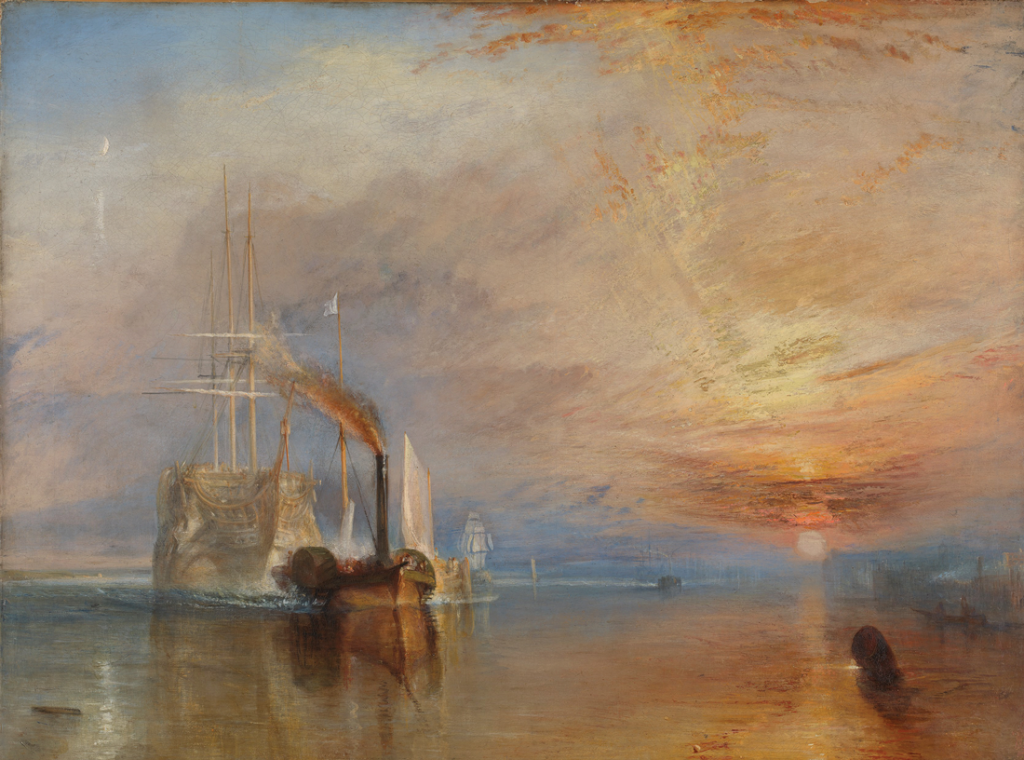
Tate Britain’s current exhibition Turner’s Modern Britain could not be more timely as our nation once again turns its attention to our industrial heartlands and begins to re-imagine and re-ignite our inventiveness and manufacturing base.
JMW Turner (1775-1851) had strong associations with Sussex through his patron and friend the 3rd Earl of Egremont at Petworth. Turner witnessed an extraordinary period of change during his lifetime: Britain’s industrial revolution and the advent of steam power, social reform, the Napoleonic Wars and French political revolution, the Great Reform Act of 1832, and the abolition of slavery.
This ambitious exhibition seeks to place Turner’s art in the context of his times. It takes a holistic view of the influences of Turner’s broad interests on his work.
The Georgian Britain that Turner grew up in was unrecognisable when compared to the economic powerhouse this country had become by 1851. This period of startling and rapid change has resonances for our own times.
This processional show begins with Turner’s early work as a topographical watercolourist and charts his remarkable development as he found and embraced a new vocabulary to describe his modern age. It was a vocabulary which many of his contemporaries found shocking. The exhibition also highlights Turner’s evolving views towards war, peace, political reform, societal injustice and slavery. Turner celebrated the modern but did not shy away from depicting human tragedy and suffering with an increasing and enduring commitment to reform.
Turner was the first to depict rail and steamboats in significant works which startled his contemporaries. The speed of change must have seemed giddying. Today they provide remarkable evocations of not just the scenes but of the experience of encountering revolution, science, invention and steam.
Two paintings in the exhibition more than any, for me, encapsulate the procession of Turner’s life and his modern age.
‘The Fighting Téméraire’ painted in 1836 provides a muted melancholic scene. Beneath the setting sun and the early risen moon a distinguished old warship, one of the last survivors of the Battle of Trafalgar, is towed away by a steam tug representing the modern age which has made her redundant. The sky, half molten and half glassy green remains, one of the extraordinary achievements in Western art.

‘Rain Steam and Speed’ provides an impression of the new age of steam engines and travel. The train appears elemental, at one with the wind and rain as it moves at speed towards us. It captures not only a visual impression but also the experience of this relatively new invention. Nature, science and industry appear united by a modern age in this painting.
Tate Britain, Covid-19 willing, will reopen today. To book tickets for this exceptional and timely show, and to find out more visit tate.org.uk. The exhibition runs until the 7th March 2021.